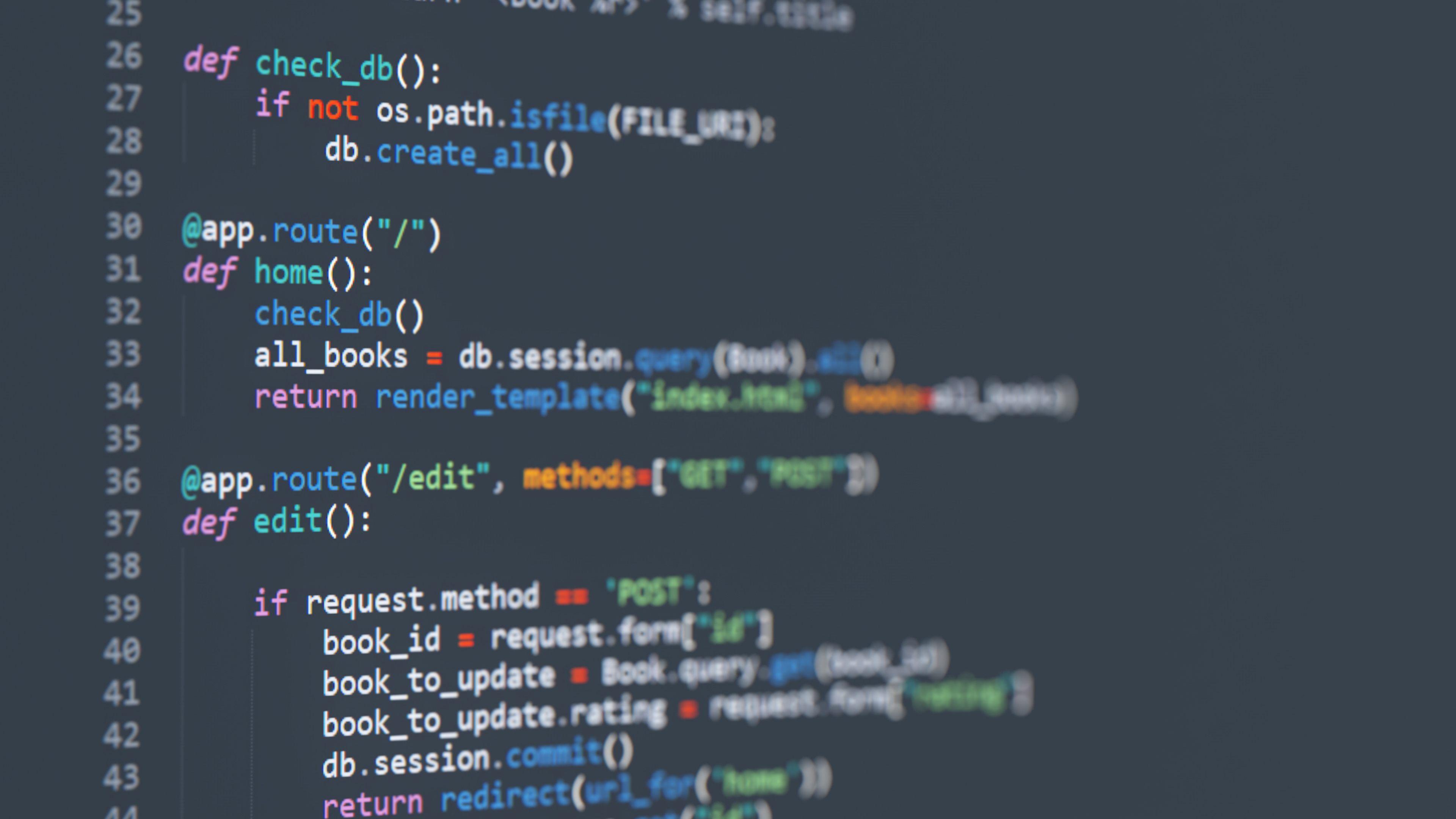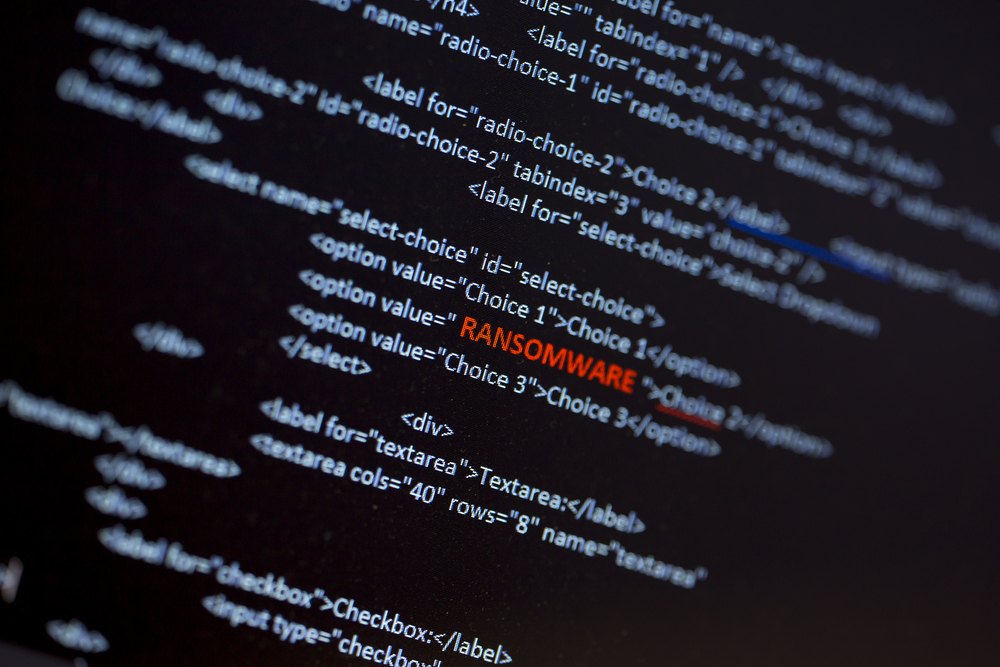Hackers turning to 'exotic' languages for next-gen malware, report warns
Coding languages such as Go, Rust, Nim and DLang are allowing malware authors to avoid signature detection and add layers of obfuscation


Hackers are increasingly turning to relatively obscure programming languages when coding malware in a bid to avoid detection and pose greater challenges for the cyber security industry.
Security professionals are coming across greater numbers of malware strains that are being written in ‘exotic’ languages such as Go, Rust, Nim, and DLang, according to researchers with Blackberry. Operators are even adopting these languages to rewrite existing malware families and create tools for new malware sets.
It has been found that these coding languages typically thwart signature-based detection, while malware analysis tooling doesn’t always adequately support unconventional programming languages.
These languages themselves also serve as a layer of obfuscation, because each of them is relatively new and has little in the way of supported analysis tooling. However, these four languages identified in the report are each fairly developed and have a strong community backing.
“Programs written using the same malicious techniques but in a new language are not usually detected at the same rate as those written in a more mature language,” the report concluded. “This is the latest trend in threat actors moving the line just outside of the range of security software in a way that might not trigger defenses in later stages of the original campaign.”
“Malicious binaries written in languages like D, Rust, Go, or Nim currently comprise a small percentage of the languages being used by bad actors in the world today, but it is imperative that the security community stay proactive in defending against the malicious use of emerging technologies and techniques.”
Each language has its own benefits and drawbacks in different scenarios, the researchers also explained. Nim, for example, can be compiled into several languages such as C, C++, and even JavaScript. DLang has many syntax improvements over C, as well as being fully interoperable with, and syntactically similar to, C.
Sign up today and you will receive a free copy of our Future Focus 2025 report - the leading guidance on AI, cybersecurity and other IT challenges as per 700+ senior executives
Rust is known for having a very low overhead, and is efficient where performance is concerned, while Go is widely touted as C for the 21st century, according to the paper.
RELATED RESOURCE

The five essentials from your endpoint security partner
Empower your MSP business to operate efficiently
Although C-language malware is still the most widespread, malware operators, including major groups such as Fancy Bear and Cozy Bear, are using unconventional languages in their malware sets more often than other groups.
Often enough, entire C-language malware families don’t actually need to be rewritten from scratch, with these groups simply writing loaders, droppers, and wrappers in exotic languages instead. This means they can effectively embed their payloads in harder-to-detect shells that are newly written in order to avoid signature-based detection.
There is a litany of cases cited in the report where such groups have adopted elements written in obscure languages to disguise their attacks. In 2018, for example, Cozy Bear was seen targeting Windows and Linux machines with WellMess, a remote access trojan (RAT) written in Go and .NET.
Fancy Bear was also discovered in 2018 using a Go-based Trojan identified as a rewritten version of the original Zebrocy malware. The following year, the group was seen using a Nim downloader alongside the Go backdoor in the same campaign targeting embassies and ministries of foreign affairs in Eastern Europe and Central Asia.

Keumars Afifi-Sabet is a writer and editor that specialises in public sector, cyber security, and cloud computing. He first joined ITPro as a staff writer in April 2018 and eventually became its Features Editor. Although a regular contributor to other tech sites in the past, these days you will find Keumars on LiveScience, where he runs its Technology section.
-
 PyPI attack: Targeting of repository 'shows no sign of stopping'
PyPI attack: Targeting of repository 'shows no sign of stopping'News Greater collaboration and understanding of attackers’ tactics is key to mitigating open source security threats
-
 CISA: Tech industry 'shouldn't tolerate' Patch Tuesday, unsecured software
CISA: Tech industry 'shouldn't tolerate' Patch Tuesday, unsecured softwareNews CISA director Jen Easterly said the tech industry has allowed the widespread acceptance of "deviant behaviours" to make a mockery of cyber security
-
 Move away from memory-unsafe languages like C and C++, NSA urges
Move away from memory-unsafe languages like C and C++, NSA urgesNews The US agency advises organisations to begin using languages like Rust, Java, and Swift
-
 15-year-old vulnerability found in Python module
15-year-old vulnerability found in Python moduleNews Hundreds of thousands of repositories have been found to be exposed to the vulnerability
-
 Why are ransomware gangs pivoting to Rust?
Why are ransomware gangs pivoting to Rust?In-depth The developer-favourite language is fast becoming a delight for ransomware criminals
-
 Ransomware is being rewritten in Go for joint attacks on Windows, Linux users
Ransomware is being rewritten in Go for joint attacks on Windows, Linux usersNews The Google-created programming language has become increasingly popular in the malware community for its speed and effectiveness in targeting more users with the same code base

